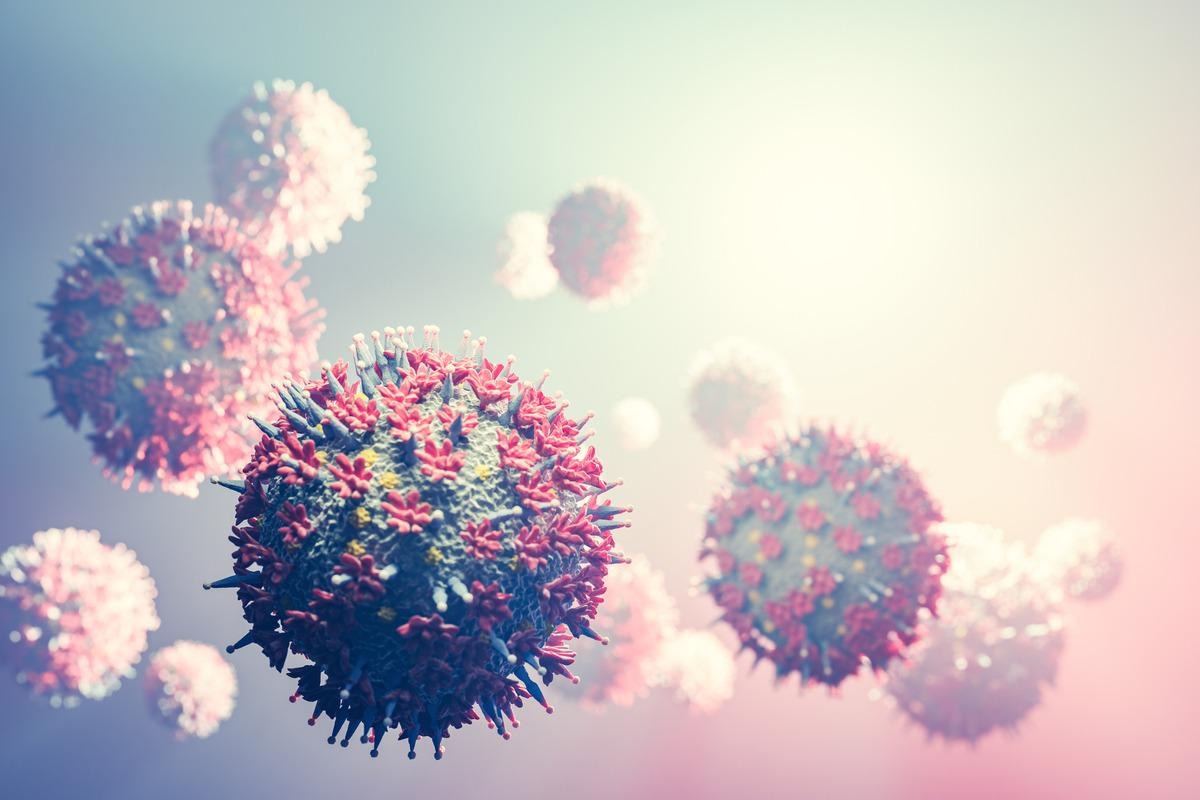In a recent study posted to the medRxiv* preprint server, researchers determined the threshold neutralizing antibody (nAb) titer for effective coronavirus disease 2019 (COVID-19) convalescent plasma (CCP) therapy.

Background
More than half a million hospitalized patients with severe acute respiratory syndrome coronavirus-2 (SARS-CoV-2) have been infused with CCP in the United States (US) since the onset of the COVID-19 pandemic and authorization by Food and Drug Administration (FDA) for in-patient use. Benefits of CCP like accelerated recovery and lower mortality observed in randomized control trials (RCTs) were not observed in large RCTs.
Challenges while conducting or interpreting CCP trials stem from the heterogeneity in CCP source, variability in the breadth and potency of anti-SARS-CoV-2 nAbs, and antibodies lacking neutralizing activity. Further, recent observational studies revealed that the use of CCP with higher antibody titers reduced the risk of in-hospital death and hospitalization risk for outpatients.
Although the antibody content remains a critical determinant of the safety and efficacy of CCP, currently, no standardized assay has been developed to distinguish a clinically beneficial CCP from a non-beneficial or harmful CCP.
About the study
In the present study, researchers conducted a randomized, double-blind phase 2 clinical trial of CCP with predefined nAb titers on hospitalized COVID-19 patients with severe disease. The effect of standard CCP with recommended nAb titer (1:160) was compared with four-fold higher titers (1:640).
Eligible participants were aged 18 years or more with a laboratory-confirmed SARS-CoV-2 infection with one or more of the following symptoms: sore throat, shortness of breath, cough, difficult breathing, loss of smell/taste, nausea, diarrhea, or vomiting. Those excluded from the study were prior or current recipients of immune-based therapies, including SARS-CoV-2-specific T cell or antibody-based therapies, ABO-incompatible plasma, contraindication to blood transfusion, and inability to infuse first CCP unit within two days of enrolment. Each participant received two CCP units approximately 24 hours apart within two days of randomization besides the standard care. Participants were randomized by the ABO blood group and assigned for standard or high titer CCP units.
All coordinators, treating physicians, clinical physician investigators, participants, and members of healthcare teams were masked to therapy assignment. Only blood bank physician coinvestigators were non-blind to the study. CCP was donated by volunteers who recovered from COVID-19. nAb titers were quantified using the SARS-CoV-2-WA1 reporter neutralization assay. Hospital staff monitored CCP recipients after each infusion.
The primary safety endpoint was the cumulative incidence of serious adverse events (SAEs) 14 and 28 days after the first infusion of CCP. The number of days to discharge post-fist CCP infusion was the primary clinical effectiveness endpoint. Each participant was followed-up until hospital discharge.
Findings
Of the 316 patients screened from August 28, 2020, to December 4, 2020, 55 were infused with CCP, with 14 receiving the high titer CCP and 41 standard titer CCP. All except one patient received two units of CCP. The median age of patients was 61 years; 36% of them were females, 33% were Hispanics, and 25% were Black. Median nAb titers before CCP infusion were 1:26 for the high titer group and 1:24 for the standard titer group. The median nAb titer of high-titer CCP units was 1:1080 compared to 1:316 for standard-titer CCP.
Similarly, median nAb titers for pseudovirus neutralization were 1:1380 and 1:593 for high- and standard-titer groups, respectively. Thirteen patients from the high titer group and 37 from the standard titer group experienced one adverse event within 14 days of CCP infusion.
Overall, 27 patients (four from the high titer group and 23 from the standard titer group) experienced a grade 3 adverse event. No high-titer participant experienced cumulative adverse events graded greater than severe (fatal) through 14 days compared to 14 patients from the standard titer group who underwent such adverse events. No adverse event was directly attributed to CCP infusion.
High-titer CCP recipients had a shorter time to discharge than standard-titer recipients. A higher hospital discharge rate was strongly associated with the non-requirement of invasive or non-invasive ventilation. Although statistically insignificant, a higher proportion of standard-care recipients died relative to high-titer recipients through 55 days post first infusion.
Conclusion
The authors noted that patients who received CCP with higher nAb titers had shorter recovery times with lower morality than standard titer group patients. While adverse events were observed across both groups, they were not attributable to the intervention but rather to the underlying COVID-19-related pathological conditions.
These findings have important implications that potent nAb-based therapies could play an essential role in managing patients who progress to severe disease. Notably, the study lacked a group of patients not on CCP therapy. Given that the SARS-CoV-2 D614G variant was predominant during the study period, these findings could not be extrapolated to other emergent variants. In conclusion, the researchers suggested that CCP titers exceeding 1:640 could potentially have clinical benefits.
*Important notice
medRxiv publishes preliminary scientific reports that are not peer-reviewed and, therefore, should not be regarded as conclusive, guide clinical practice/health-related behavior, or treated as established information.
- Luther A Bartelt, et al. (2022). Outcomes of convalescent plasma with defined high- versus lower-neutralizing antibody titers against SARS-CoV-2 among hospitalized patients: CoronaVirus Inactivating Plasma (CoVIP), double-blind phase 2 study. medRxiv. doi: https://doi.org/10.1101/2022.04.29.22274387 https://www.medrxiv.org/content/10.1101/2022.04.29.22274387v1
Posted in: Medical Science News | Medical Research News | Disease/Infection News
Tags: Antibodies, Antibody, Assay, Blood, Blood Transfusion, Breathing, Cell, Clinical Trial, Convalescent Plasma, Coronavirus, Coronavirus Disease COVID-19, Cough, covid-19, Diarrhea, Efficacy, Food, Healthcare, Hospital, Laboratory, Mortality, Nausea, Pandemic, Pseudovirus, Respiratory, SARS, SARS-CoV-2, Severe Acute Respiratory, Severe Acute Respiratory Syndrome, Sore Throat, Syndrome, Throat, Vomiting

Written by
Tarun Sai Lomte
Tarun is a writer based in Hyderabad, India. He has a Master’s degree in Biotechnology from the University of Hyderabad and is enthusiastic about scientific research. He enjoys reading research papers and literature reviews and is passionate about writing.
Source: Read Full Article
